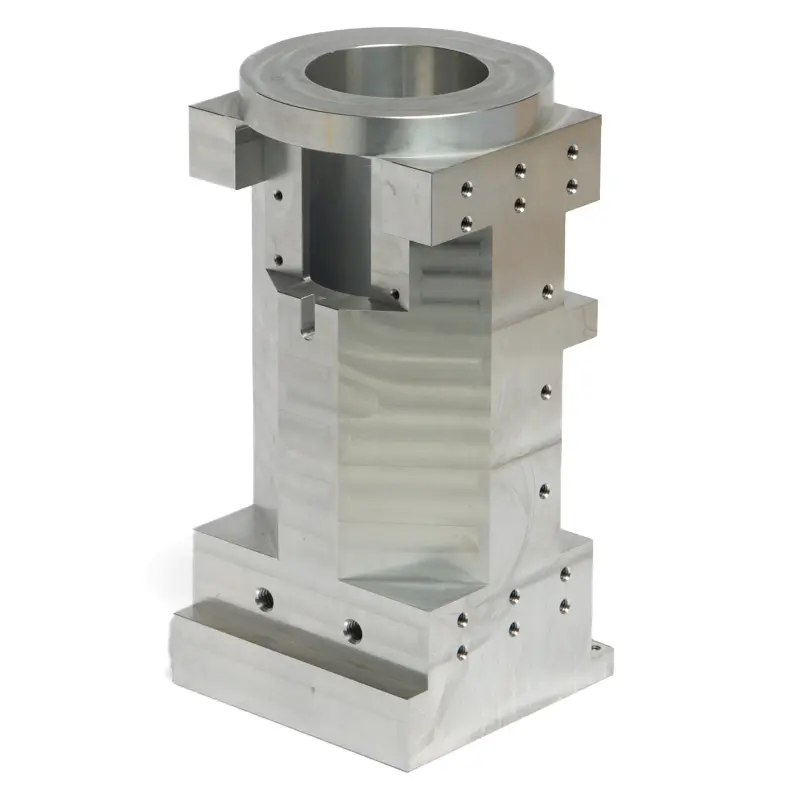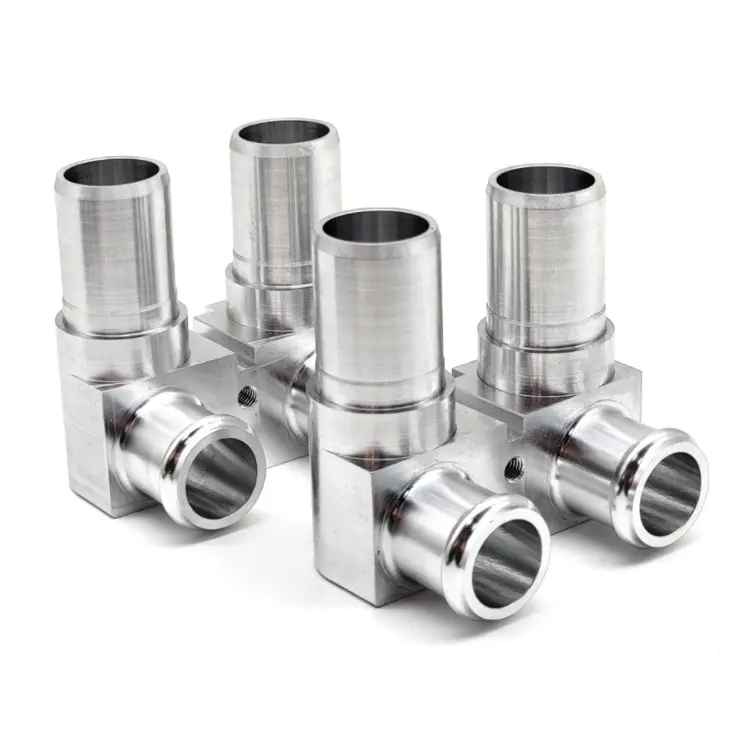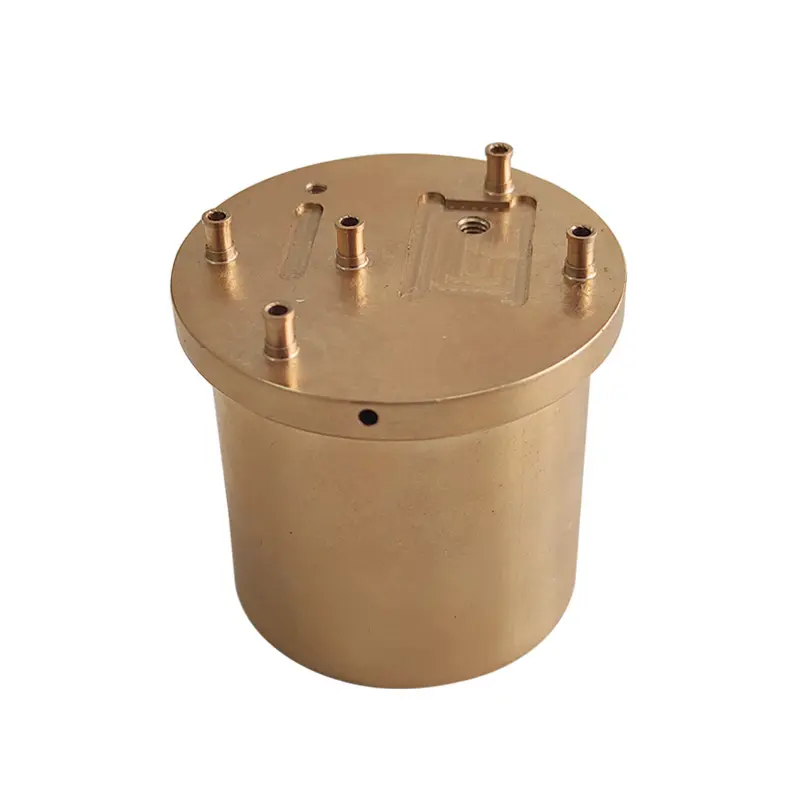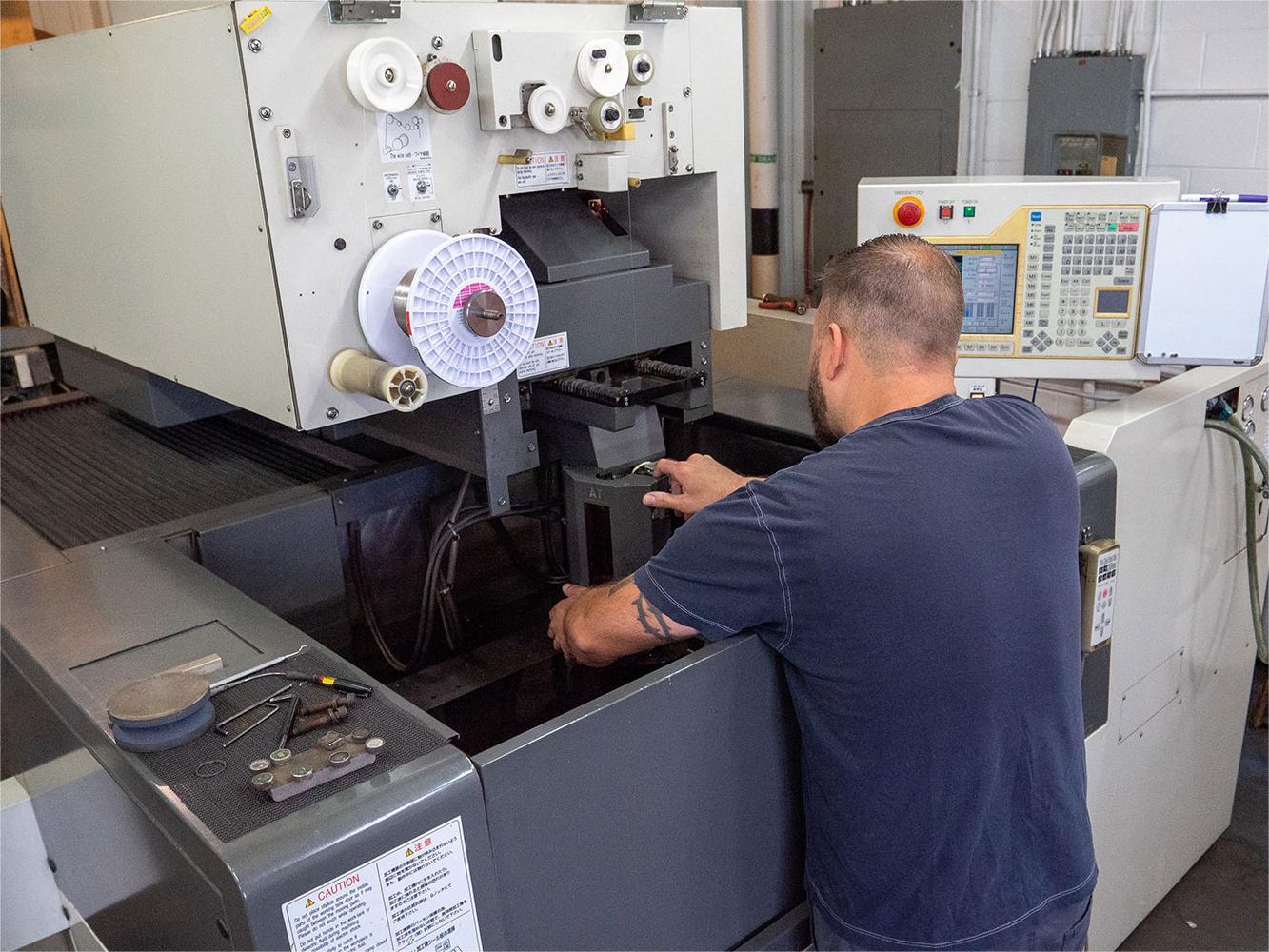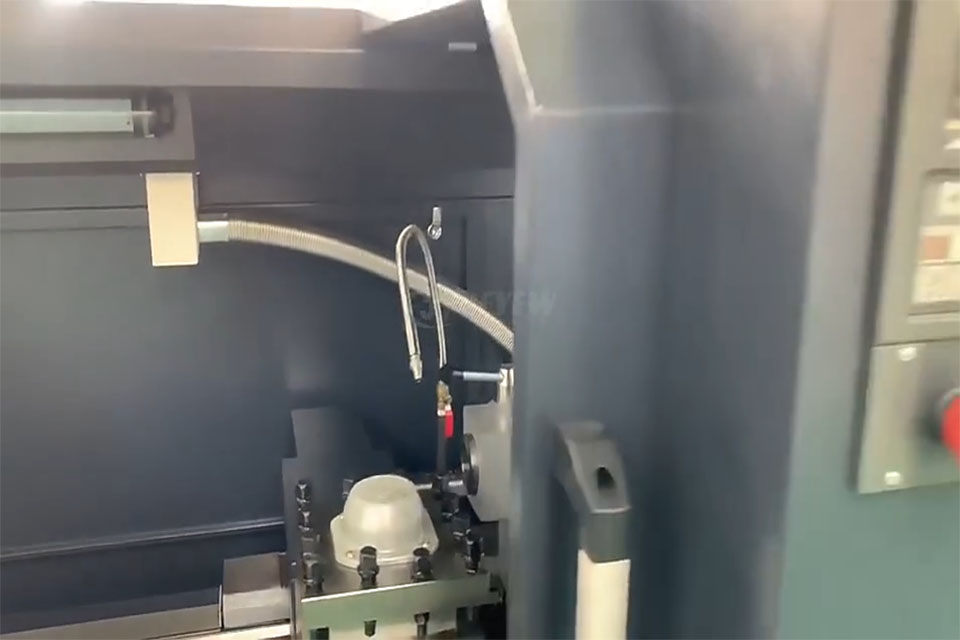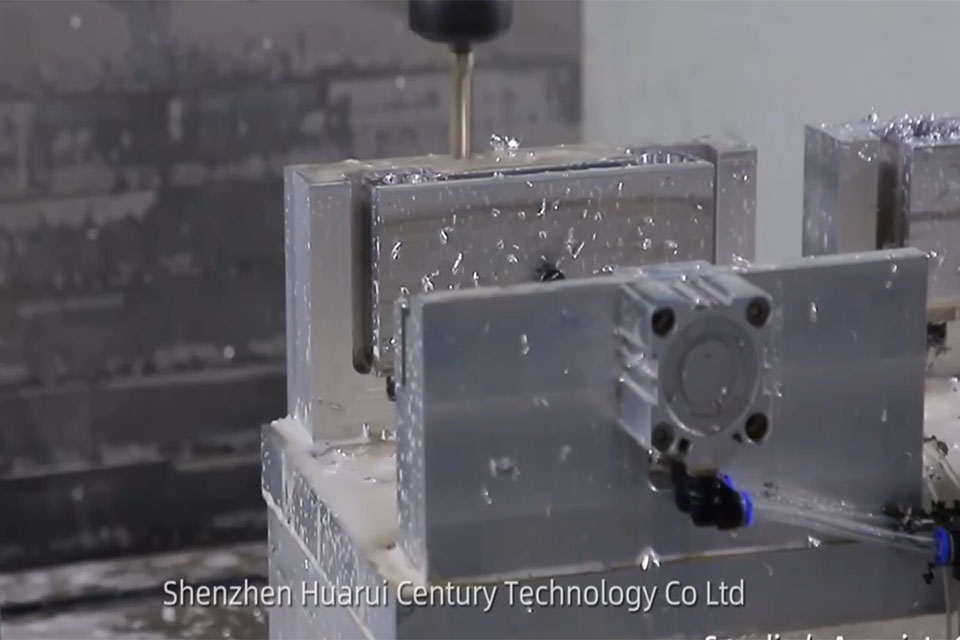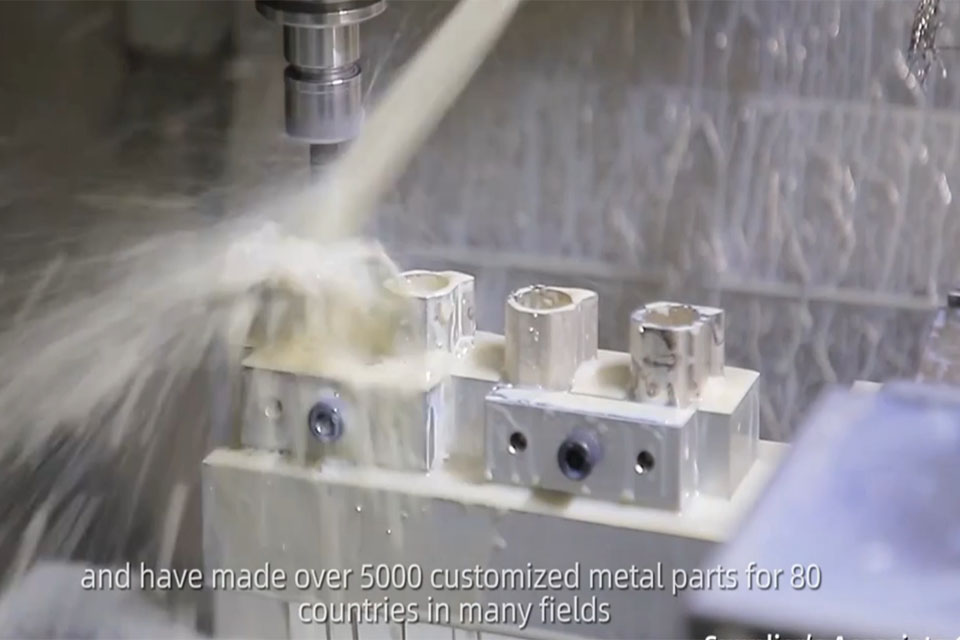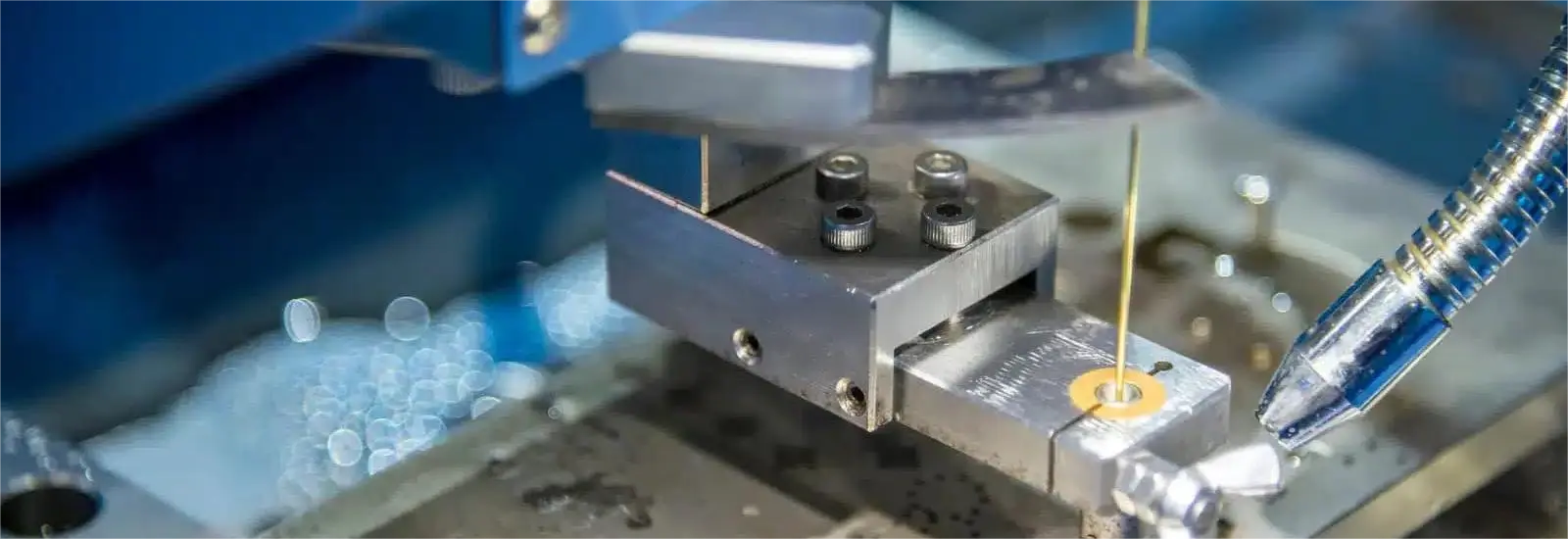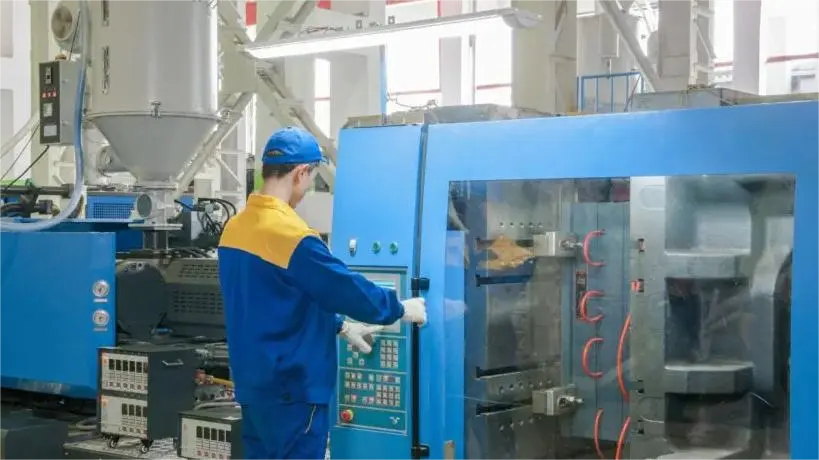
CNC Machining vs. 3D Printing: Choosing the Right Manufacturing Process
目录
导言
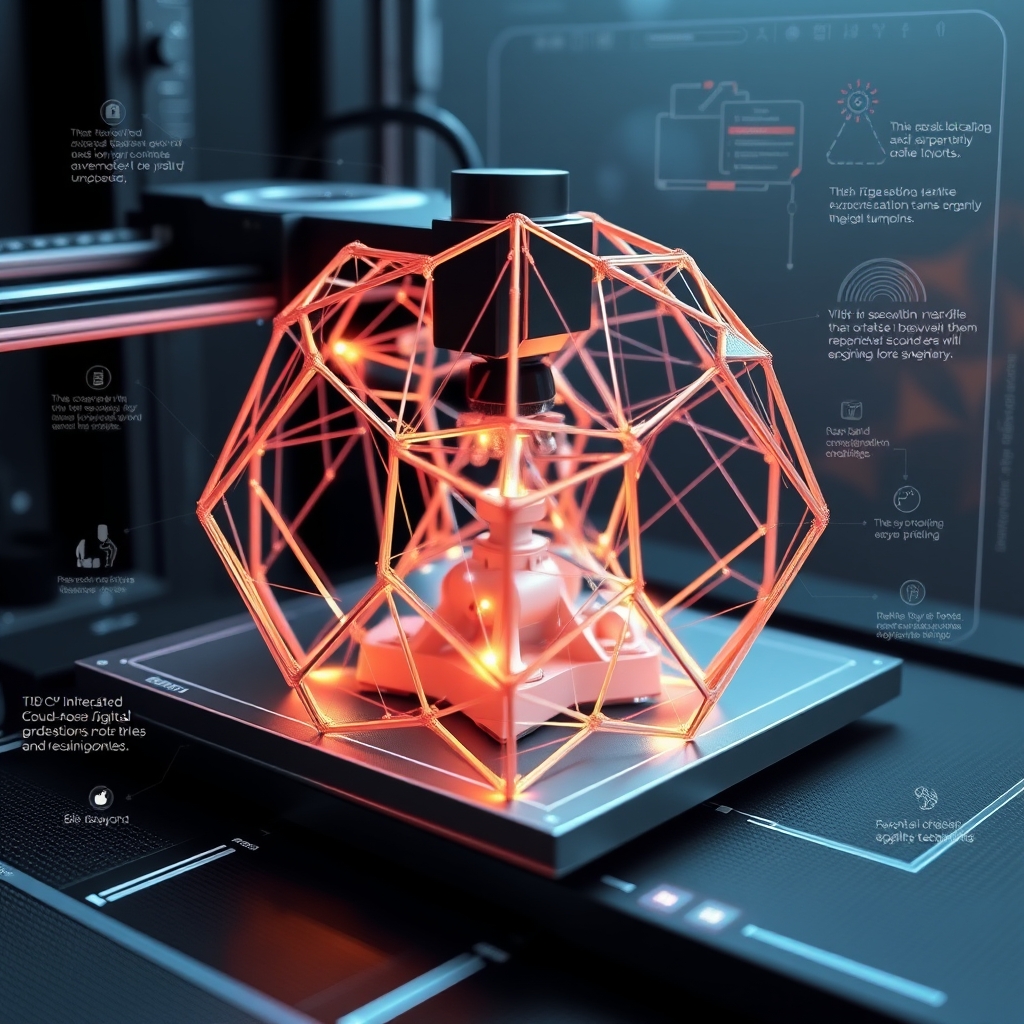
What Are CNC Machining and 3D Printing?
CNC (Computer Numerical Control) machining and 3D printing are two leading manufacturing technologies transforming how products are designed and created. CNC machining, a subtractive process, starts with a solid block of material and removes portions to create the desired shape. Think of a sculptor chiseling away at a block of marble to reveal a masterpiece! 3D printing, on the other hand, is an additive process, building parts layer by layer from materials like plastics, metals, or composites. Imagine a high-tech printer creating a three-dimensional object from scratch.
Both technologies offer unique advantages, catering to diverse needs across industries. However, understanding their core differences is crucial for making informed decisions about your manufacturing projects.
How Does CNC Machining Work?
CNC machining uses a variety of cutting tools controlled by computer programs to precisely remove material from a workpiece. This process typically involves CAM (Computer-Aided Manufacturing) programming, where skilled machinists create detailed instructions for the CNC machine. CAM programming is like writing a precise set of instructions for the machine to follow. This requires expertise and can be time-consuming, but it allows for intricate designs and tight tolerances.
As a leading CNC manufacturing service, we excel in transforming complex designs into tangible realities. Our precision 数控铣床 和 数控车削 capabilities are trusted by industries demanding the highest levels of accuracy and reliability, from aerospace components to medical implants.
How Does 3D Printing Work?
3D printing, also known as additive manufacturing (AM), builds parts layer by layer from digital designs. Various 3D printing technologies exist, each with its own set of materials and capabilities. Stereolithography (SLA), for example, uses a laser to cure liquid resin, while 熔融沉积建模(FDM) melts and extrudes thermoplastic filaments. Selective Laser Sintering (SLS) uses a laser to fuse powdered materials.
3D printing shines in creating complex geometries and customized solutions, allowing designers to bring innovative ideas to life. Its 快速成型 capabilities are invaluable for accelerating product development cycles.
What Are the Key Differences Between CNC and 3D Printing?
The choice between CNC machining and 3D printing depends on several factors, including accuracy, surface finish, material options, speed, and cost. CNC machining typically offers superior accuracy and surface finish, making it ideal for precision parts with tight tolerances.
3D printing provides greater design freedom and is well-suited for complex geometries and customized solutions.
Here’s a table summarizing the key differences:
| 特点 | 数控加工 | 三维打印 |
|---|---|---|
| 准确性 | High (±0.001 inch or better) | Moderate (depends on technology) |
| 表面处理 | 优秀 | Varies (may require post-processing) |
| 材料选择 | Wide range of metals, plastics, and composites | Limited, but expanding |
| 速度 | Can be slower for complex geometries | Fast for simple geometries, slower for complex |
| 费用 | Economical for high volumes | Economical for low volumes and prototypes |
Why is Accuracy Important in Manufacturing?
Accuracy is paramount in manufacturing, as it directly impacts the performance, reliability, and safety of the final product. In aerospace and aviation, for example, precise components are crucial for ensuring the structural integrity and functionality of aircraft. Similarly, in the medical device industry, accuracy is essential for creating implants and instruments that fit precisely and function flawlessly.
As a precision machining company, we understand the critical role of accuracy. That’s why we invest in state-of-the-art equipment and employ highly skilled machinists dedicated to exceeding our clients’ expectations. 精密加工 is more than just a service; it’s our commitment to quality and excellence.
Where Does CNC Machining Excel?
CNC machining excels in a wide range of applications, particularly those requiring high accuracy, tight tolerances, and excellent surface finish. Here are some industries where CNC machining is the preferred manufacturing method:
- 航空航天: Manufacturing of aircraft components, engine parts, and structural elements. We manufacture durable 航空航天 零件
- 汽车 Production of engine parts, transmission components, and chassis components. We have proven solutions for your 汽车 需要。
- 医疗设备: Creation of implants, surgical instruments, and medical equipment. Medical devices require high accuracy and precision and we can help you manufacture these 医疗设备.
- 电子设备 Manufacturing of enclosures, connectors, and heat sinks.
- 工业设备: Production of gears, shafts, and housings for machinery.
Where Does 3D Printing Excel?
3D printing shines in applications where design freedom, customization, and rapid prototyping are paramount. Here are some areas where 3D printing offers distinct advantages:
- 原型设计: Quickly creating prototypes to test designs and functionalities.
- 复杂几何: Manufacturing parts with intricate internal structures or complex shapes that are difficult to machine.
- 定制: Producing individualized products tailored to specific needs.
- Low-Volume Production: Economically manufacturing small quantities of parts.
How Do You Choose the Right Manufacturing Process?
Selecting the optimal manufacturing process depends on several key considerations:
- Design Complexity: Are you a company needing complex designs? Is the design intricate with internal features? 3D printing may be the better choice.
- Material Requirements: If your design needs specific material properties like strength, heat resistance, or biocompatibility, CNC machining offers a wider selection of materials.
- 生产量: For high-volume production, CNC machining is generally more cost-effective.
- 预算: 3D printing may be more economical for low-volume production or prototyping.
What Are the Latest Trends in CNC and 3D Printing?
Both CNC machining and 3D printing are constantly evolving, with new technologies and materials emerging regularly. Some of the latest trends include:
- 自动化: Integration of robots and automated systems to improve efficiency and reduce labor costs. We provide solutions for 自动化.
- New Materials: Development of new materials, such as high-performance polymers and metal alloys, expanding the applications of both processes. We can help you select the right 材料.
- Hybrid Manufacturing: Combining CNC machining and 3D printing to leverage the strengths of both technologies.
How Can a CNC Manufacturing Service Help Me?
Partnering with an experienced CNC manufacturing service offers several advantages:
- 专长: Access to skilled machinists and engineers with deep knowledge of materials, processes, and design optimization.
- Capabilities: State-of-the-art equipment and a wide range of manufacturing capabilities.
- Real-World Solutions: Proven track record of delivering high-quality parts and solutions across diverse industries.
- 可扩展性: Ability to handle projects of all sizes, from prototypes to high-volume production runs.
As a leading CNC manufacturing service, we’re committed to providing our clients with the highest quality parts and solutions. We work closely with engineers and designers to optimize designs for manufacturability and ensure that every part meets your exact specifications. Whether you need 数控解决方案 for aerospace, medical, automotive, or any other industry, we have the expertise and capabilities to bring your vision to life.
常见问题
数控加工的精度如何?
CNC machining can achieve accuracies of ±0.001 inch or better, depending on the machine, material, and design complexity.
What are the advantages of using a CNC manufacturing service?
Partnering with a CNC manufacturing service gives you access to expertise, advanced equipment, a wide range of capabilities, and scalable production solutions.
数控加工可使用哪些类型的材料?
CNC machining can work with a wide variety of materials, including metals (aluminum, steel, titanium), plastics (ABS, polycarbonate, PEEK), and composites.
数控加工适合原型制作吗?
While 3D printing is often preferred for initial prototyping, CNC machining can be used for creating functional prototypes with high accuracy and realistic material properties.
What file formats do CNC machines use?
CNC machines typically use CAD files, such as STEP, IGES, and DXF, which are converted into G-code for machine control.
How does CNC machining compare to traditional machining methods?
CNC machining offers greater accuracy, repeatability, and automation compared to traditional machining methods, leading to improved efficiency and reduced labor costs.
主要收获
- CNC machining and 3D printing are powerful manufacturing technologies with distinct advantages.
- CNC machining excels in accuracy, surface finish, and material options, making it ideal for precision parts.
- 3D printing offers design freedom, customization, and rapid prototyping capabilities.
- Choosing the right process depends on design complexity, material requirements, production volume, and budget.
- Partnering with an experienced CNC manufacturing service provides access to expertise, advanced equipment, and scalable solutions.
By understanding the key differences between CNC machining and 3D printing, you can make informed decisions and unlock the full potential of manufacturing innovation.
评论
出色的产品案例
标签
相关博客
从我们的博客中获取有关 CNC 加工的最新趋势和事实。

